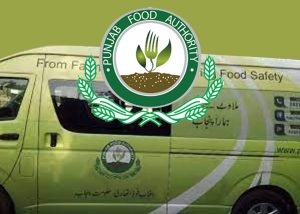
AVN Report
ISLAMABAD: Pakistan’s exports for July-June 2024 surged to $30.645 billion, marking a 10.54pc increase from the previous year’s $27.724 billion.
According to experts, these figures manifest two critical observations. Firstly, the export figures of the last fiscal year were influenced by a flawed economic policy of artificially controlling the rupee-dollar parity by the former federal government.
They argue that this policy resulted in multiple exchange rates and a refusal by the IMF to agree on the ninth review under the Extended Fund Facility program due to dwindling reserves, which fell below $3.5 billion. This policy caused a $4 billion decrease in remittance inflows during 2022-23, as Pakistani remitters reverted to the illegal hundi/hawala system post-pandemic. Comparatively, exports in 2021-22 peaked at $32.492 billion, presenting a 6pc decline in 2023-24.
Secondly, the increase in exports was primarily in non-value-added items, particularly in vegetable products. From July-May 2023 to the same period in 2023-24, exports of vegetable products rose from $2.9 billion to $5.06 billion, marking a significant 74pc increase.
Notably, cereals, oil seeds, oleaginous fruit, and edible vegetables saw substantial rises in export up to 75pc, 105pc, and 152pc, respectively. Conversely, export groups such as textiles, raw hides and skins, leather, and mineral products experienced declines.
It is worth noting that the substantial increase in vegetable exports may have contributed to ongoing high inflation. Despite this, the trade deficit decreased from $27.4 billion in July-June 2023 to $24.089 billion in the current year, marking a 12.32pc decline. This reduction is attributed to a $2.921 billion increase in exports over two years and a $464 million decrease in imports.
While imports showed less suppression in 2023-24 compared to previous years, they partially explain why the large-scale manufacturing sector, heavily reliant on imported inputs, recorded a meager growth of 0.45pc from July-May 2024. This contrasts sharply with a negative growth rate of 8.77pc during the same period in 2023, as reported by the Economic Update and Outlook June 2024.
Given Pakistan’s vulnerability to climate change affecting agricultural output, particularly in the vegetable sector, reliance on vegetable exports as a major revenue source is risky. Therefore, there is an urgent need for the government to critically evaluate the composition of exports and promote a sector dedicated to high-value-added exports less dependent on domestic agricultural output.
So, while the rise in exports is positive, challenges remain in sustaining and diversifying export growth in a manner that reduces economic vulnerabilities.








